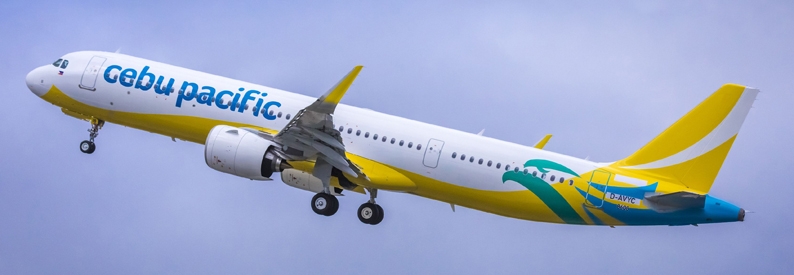The Filipino House of Representative has delayed the deadline for airlines to shift select operations from Manila Ninoy Aquino International Airport to Angeles City Clark International International Airport. The move is intended to alleviate congestion at the capital gateway.
Earlier this month, House Speaker Pantaleon Alvarez gave carriers 45 days to shift their operations or risk punitive sanctions.
However, according to the Business Mirror newspaper, that window has now been expanded to six months given the considerable cancellations and delays that would have ensued had the old deadline been enforced.
In a news conference, Alvarez said the rationalization plan would see some Manila domestic flights transferred to Clark. Under the plan, Manila's Terminals 1 and 3 will be used exclusively for international flights while Terminals 2 and 4 would be allocated to domestic flights.
As such, Manila airport General Manager Ed V. Monreal told the paper that all of Philippine Airlines' international flights at Terminal 1 will be removed but those of Etihad Airways, JAL - Japan Airlines, Thai Airways International, and Saudia will remain.
Terminal 2 will then be used by PAL, PAL Express, and Cebu Pacific Air for domestic flights while those international flights operated by 27 foreign carriers will be transferred to Terminal 3. Terminal 4 will still be used by Philippines AirAsia, Cebgo, Skyjet Airlines, and AirSWIFT.
However, Cebgo President Alexander Lao has come out against the terminal reassignment plan stating that it would not resolve any of the capacity bottlenecks currently affecting Manila International Airport (MIAA). If anything, he said they would make them worse.
“Segregation of international and domestic operations has a major adverse effect on MIAA’s ability to act in a hub capacity and deliver seamless passenger transfer capability, impacting domestic travelers, tourists and OFWs [overseas Filipino worker],” a position paper seen by The Business Mirror said.
“The proposed terminal reassignment does not solve the overall capacity challenges in MIAA and, indeed, adds additional pressures to the already-limited facilities and infrastructure, requiring a significant cut to all airlines' services that will be required to be implemented equitably,” it added. According to Cebu Pacific, Clark International Airport (CIA) is not an alternative airport for Manila, with its distance and being a separate catchment area. The capacity of the CIA is only 2.7 million per annum, which means more than 5 million passengers would be displaced.
“Our proposal would see the construction of a new concourse within the existing Terminal 3 area and be designated as Terminal 3 Domestic, but will leverage the common infrastructure, terminal and ramp areas of the current Terminal 3 [and which will later become Terminal 3 International]. We estimate this will increase total Terminal 3 capacity from 14 million to 28 million,” the airline said.







